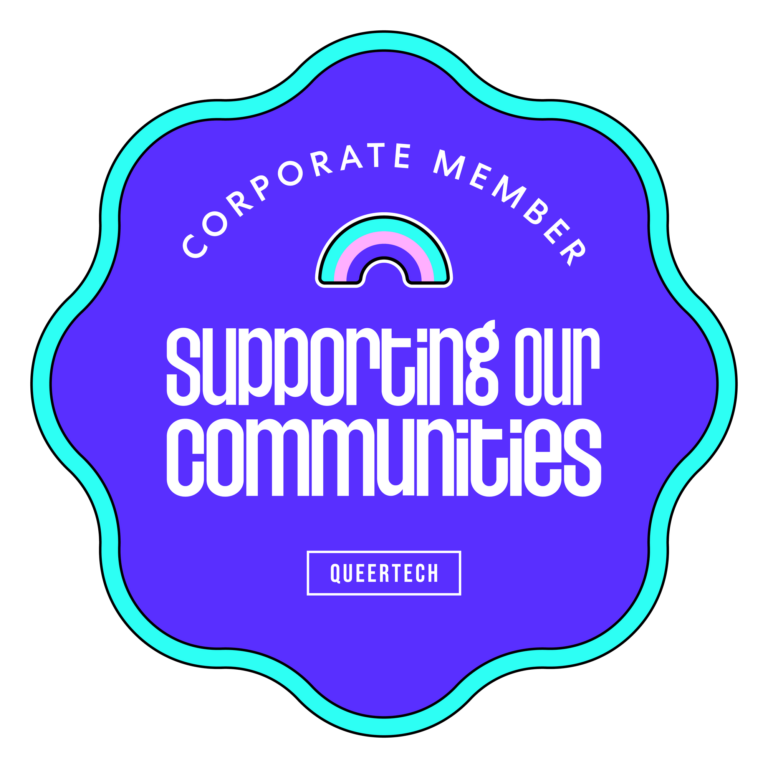By Meghan Greaves
Meghan is the Content & Marketing Strategist at factor[e] design initiative. She is focused on developing and executing leading content marketing strategies that engage a targeted audience.
 Marketing is something that affects everything you do as a business, but sometimes it takes a backseat to day-to-day priorities. Marketing can positively or negatively ripple into sales, branding, business development, customer service, and so on.
Marketing is something that affects everything you do as a business, but sometimes it takes a backseat to day-to-day priorities. Marketing can positively or negatively ripple into sales, branding, business development, customer service, and so on.
For startups and small-medium sized enterprises (SMEs) specifically, it can be discouraging to look at large-scale marketing campaigns since they tend to have monstrous price tags. That said, the concepts and ideas used to execute these campaigns can be applied when creating your marketing plan regardless of your budget.
All of the most successful or impactful marketing campaigns have these things in common:
They are not cookie cutter – a marketing campaign will have a hard time standing out if it looks similar to what is already in the market. Creating an innovative campaign is not something that can happen in one afternoon (well, not from my experience anyways!) It takes time, brainstorming, patience, and a team to create something truly memorable.
They resonate – throughout marketing history there have been endless amounts of consumer trends that businesses have built their marketing strategies around. For example, the green revolution, the introduction of ecommerce, or the boom of social media. All of these trends have pushed businesses to reevaluate what their audience values in order to communicate their message in a way that resonates.
To add to this, audience members can now filter out anything they don’t want to hear, making messages harder to hear than ever. How does one fix this? With personal, meaningful, and emotionally stimulating campaigns that drive the message home.
They communicate the value – audience members won’t engage with what you are offering unless they see how it benefits their lives and businesses. No matter how big or small a marketing campaign is, it should communicate what the value and benefits are to the audience.
They provide transparency – now, more than ever, audiences want to know the businesses they engage with on a personal level. Transparency helps gain your audience’s trust and, ultimately, helps them choose you over competitors.
Here are a couple of examples of marketing campaigns that took it to the next level:
GoPro’s “Hero in Action” Campaign
GoPro is known for featuring all kinds of extreme sport videos in their marketing campaigns. Although many of us feel the rush that comes with watching these videos, being pulled in on an emotional level takes things up a notch. And that’s exactly what happened when GoPro launched this real-life rescue story of a firefighter rescuing a kitten from an extinguished burned building.
Chipotle “Food With Integrity” Campaign
It’s no secret that chain and fast food restaurants are feeling the impacts of consumers putting a priority on where and how their food is produced. Fast-food chain Chipotle Mexican Grill wanted to communicate their commitment to sustainable farming and fresh produce. To do so the restaurant teamed up with Moonbot Studios to create “The Scarecrow”, a short animated film partnered with a mobile game. The campaign had immediate success with 6.5M YouTube views in less than two weeks after its 2013 launch and 500,000 game downloads within 6 weeks.
https://youtu.be/lUtnas5ScSE
P&G’s “Thank You, Mom” Campaign
Cue the waterworks. P&G launched their “Thank You, Mom” campaign as a lead up to the 2012 Olympics as a way to showcase their support for athletes and their parents. The campaign was absorbed globally and P&G followed-up on this success by giving parents funding to go watch their children compete, making it easy for people to join in with their “Thank You Mom” app, and launching their “Best Job” campaign.
https://www.youtube.com/watch?v=2V-20Qe4M8Y
British Airways “#lookup” Campaign
British airways wanted to highlight their destination locations, but in a way that really stood out. To achieve this, they created a digital billboard in London that was connected with British Airways flights. Whenever one of their flights entered the “trigger zone” it would send a message back to the server controlling the digital billboard to post the flight information. You can see just how captivated bystanders are as they stop to watch the airplanes flying by on the massive screen in the middle of a downtown square. A totally innovative idea that needs no explanation.






